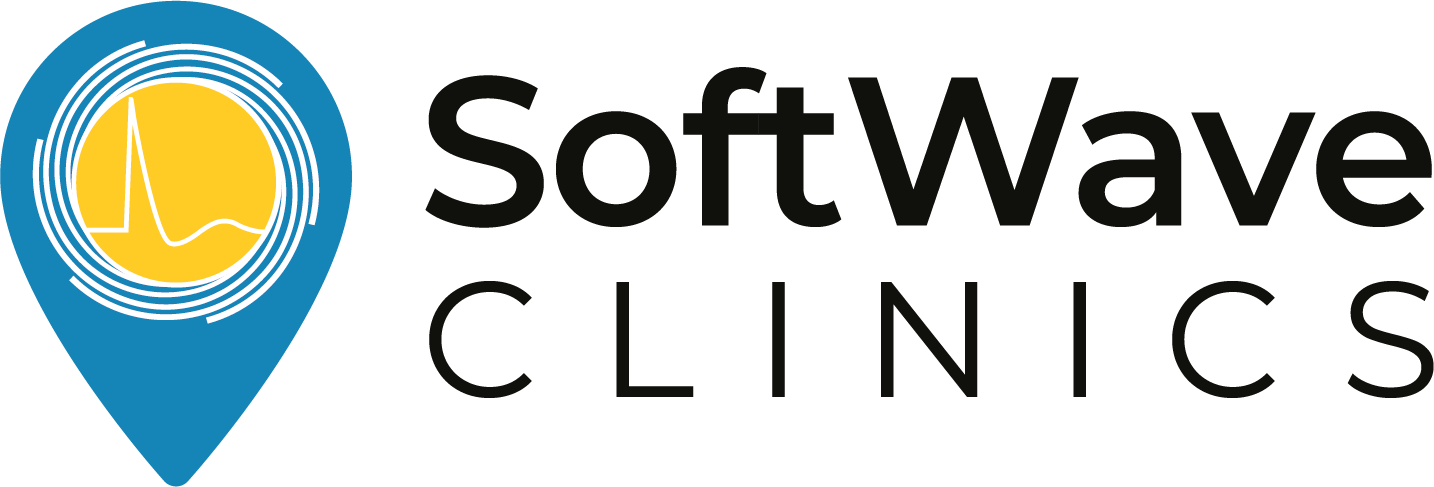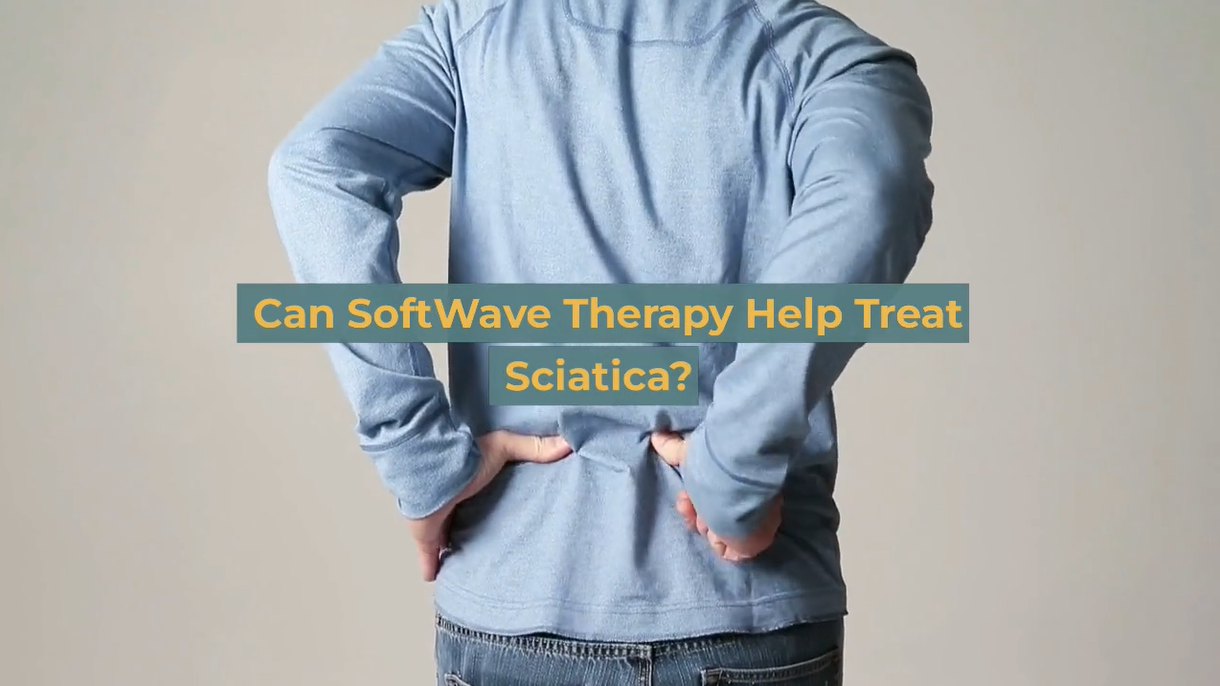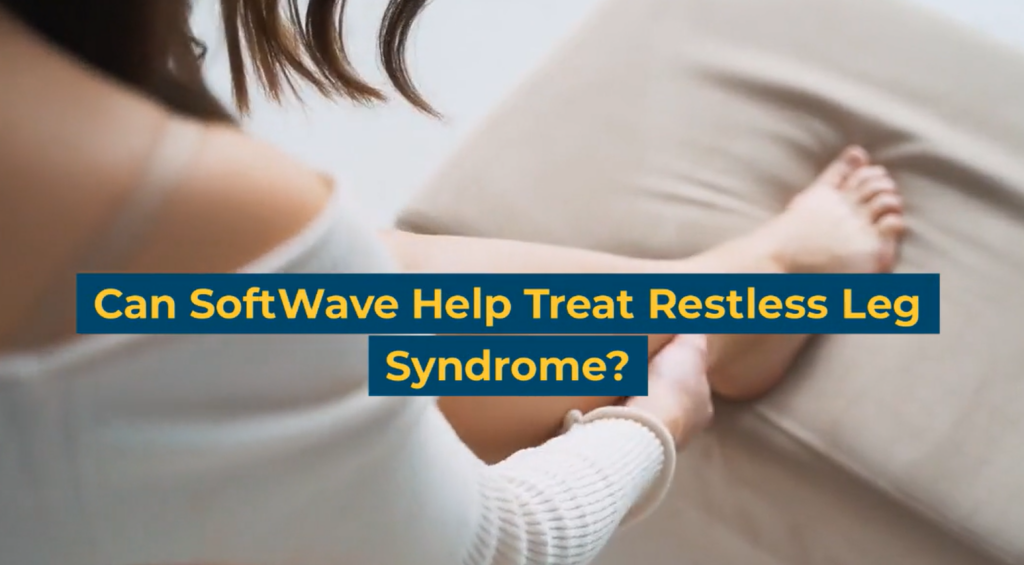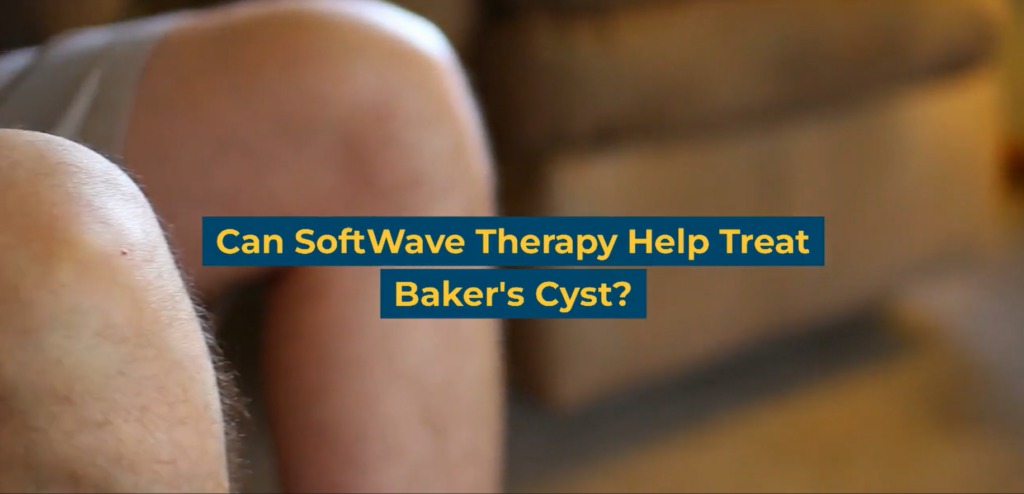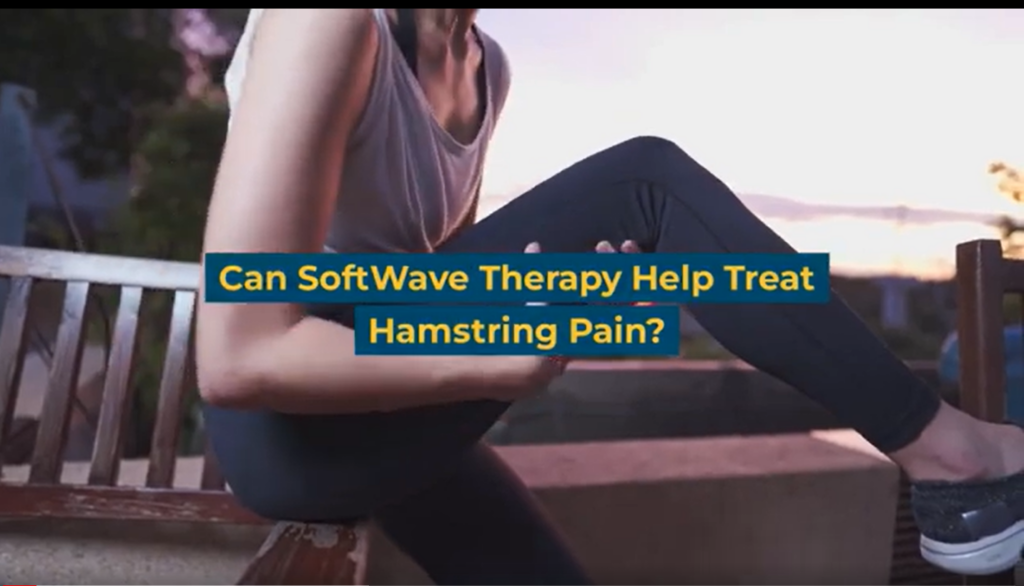Can SoftWave Therapy Help Treat Sciatica?
Sciatica is a debilitating condition that affects millions of people worldwide, causing pain that radiates from the lower back to the legs. However, there is hope for those suffering from this condition in the form of SoftWave Therapy. This innovative therapy uses low-intensity shockwaves to promote the body’s natural healing process, which provides relief from inflammation, muscle tension, and nerve compression for sciatica and other back pain conditions.
New Patient Special
Try SoftWave for just $69 at a clinic near you and learn if you’re a candidate for full treatment
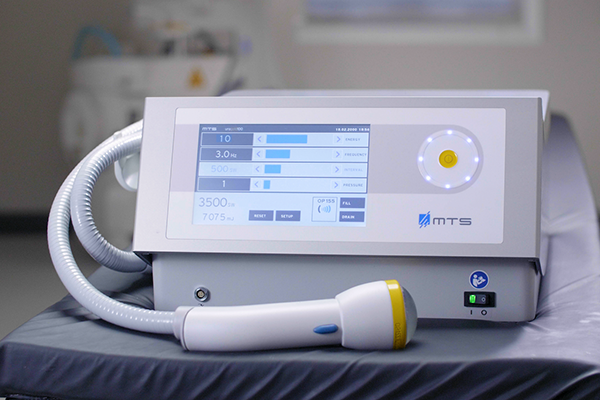
Understanding the Causes and Symptoms of Sciatica
Sciatica is a condition that occurs when the sciatic nerve, the longest nerve in the body, is compressed or irritated. This causes pain, numbness, tingling, or weakness in the lower back, buttocks, legs, and feet.
The most common cause of sciatica is a herniated or slipped disc in the spine, but other factors such as spinal stenosis, degenerative disc disease, spondylolisthesis, or lifestyle factors like prolonged sitting, poor posture, and obesity can also contribute to its development.
Sciatica’s symptoms can vary in intensity and location depending on the underlying cause. Patients often experience pain that radiates from the lower back down one or both legs, which can be sharp, shooting, or burning. Other accompanying symptoms may include numbness, tingling, or muscle weakness, making it difficult to sit, stand, or walk for extended periods and affecting the patient’s quality of life. In some cases, sciatica can also be a symptom of an underlying medical condition, such as diabetes or cancer.
Traditional Treatment Options for Sciatica
Nonsteroidal anti-inflammatory drugs (NSAIDs) are commonly prescribed as traditional treatment options for sciatica to reduce inflammation and alleviate pain. Muscle relaxants and prescription pain medications may also be recommended. Healthcare professionals may also suggest physical therapy and exercises to strengthen the affected area’s muscles and enhance flexibility.
To alleviate symptoms, heat or cold therapy may also be utilized. In severe cases where pressure on the sciatic nerve is unbearable, surgery might be the last resort to repair spinal stenosis, remove a herniated disc, or fuse vertebrae to stabilize the spine. Nevertheless, these treatments come with some drawbacks, including the possibility of side effects from medication, the extended duration of physical therapy, and the invasiveness and risks of surgery.
What Is SoftWave Therapy and How Does it Treat Sciatica?
SoftWave therapy is a non-invasive treatment that utilizes shockwaves to stimulate the body’s natural healing processes. This process involves delivering shockwaves to the affected area through a handheld device, triggering an increase in blood flow and prompting the repair and regeneration of damaged tissue.
When it comes to treating sciatica, SoftWave therapy addresses the underlying causes of the condition such as inflammation, muscle tension, and nerve compression. This form of therapy is also beneficial in relaxing muscles and reducing tension in the surrounding tissue, which subsequently alleviates pressure on the affected nerve.
Moreover, SoftWave therapy promotes nerve regeneration and repair through the production of growth factors and the stimulation of stem cell recruitment in the affected area. By doing so, this therapy can help restore normal nerve function and alleviate symptoms associated with sciatica.

SoftWave therapy is a non-invasive treatment that utilizes shockwaves to stimulate the body’s natural healing processes. This process involves delivering shockwaves to the affected area through a handheld device, triggering an increase in blood flow and prompting the repair and regeneration of damaged tissue.
When it comes to treating sciatica, SoftWave therapy addresses the underlying causes of the condition such as inflammation, muscle tension, and nerve compression. This form of therapy is also beneficial in relaxing muscles and reducing tension in the surrounding tissue, which subsequently alleviates pressure on the affected nerve.
Moreover, SoftWave therapy promotes nerve regeneration and repair through the production of growth factors and the stimulation of stem cell recruitment in the affected area. By doing so, this therapy can help restore normal nerve function and alleviate symptoms associated with sciatica.

Advantages of SoftWave Treatment vs. Traditional Treatment for Sciatica
SoftWave therapy offers several key benefits as a treatment option for sciatica. Firstly, it is non-invasive, meaning that there is no need for anesthesia or incisions. Additionally, SoftWave therapy is well-tolerated and requires minimal downtime, allowing patients to return to their normal activities quickly.
Moreover, SoftWave therapy is a targeted treatment option that focuses specifically on the affected area. The low-intensity shockwaves can be directed at the affected nerves and muscles, which can help reduce inflammation and pain.
SoftWave therapy can be used in combination with other treatments such as physical therapy or medication to provide a more comprehensive approach to treating sciatica. This is particularly beneficial for patients who have not responded well to traditional treatments or who wish to avoid the risks and side effects associated with medication or surgery.
Find Relief with SoftWave Therapy Today
If you are suffering from sciatica, SoftWave therapy may be able to help. This non-invasive treatment is effective at reducing pain and improving function in patients with sciatica. SoftWave therapy is also safe and has no known side effects.
To find out if SoftWave therapy is right for you, consult with our SoftWave providers. They can conduct an assessment and create a SoftWave treatment plan catering to your needs. With SoftWave therapy, you can find relief from sciatica and get back to enjoying your life. Try SoftWave today.
Disclaimer: The information provided in this blog is for educational and informational purposes only and is not intended as a substitute for professional medical advice, diagnosis, or treatment. The content provided in this blog should not be used to diagnose or treat any health problems or illnesses. Always consult with a qualified healthcare professional before making any changes to your healthcare routine or treatment plan.
Sciatica Acting Up?
Soften the pain at its source. Your first SoftWave Therapy session is just $69.

